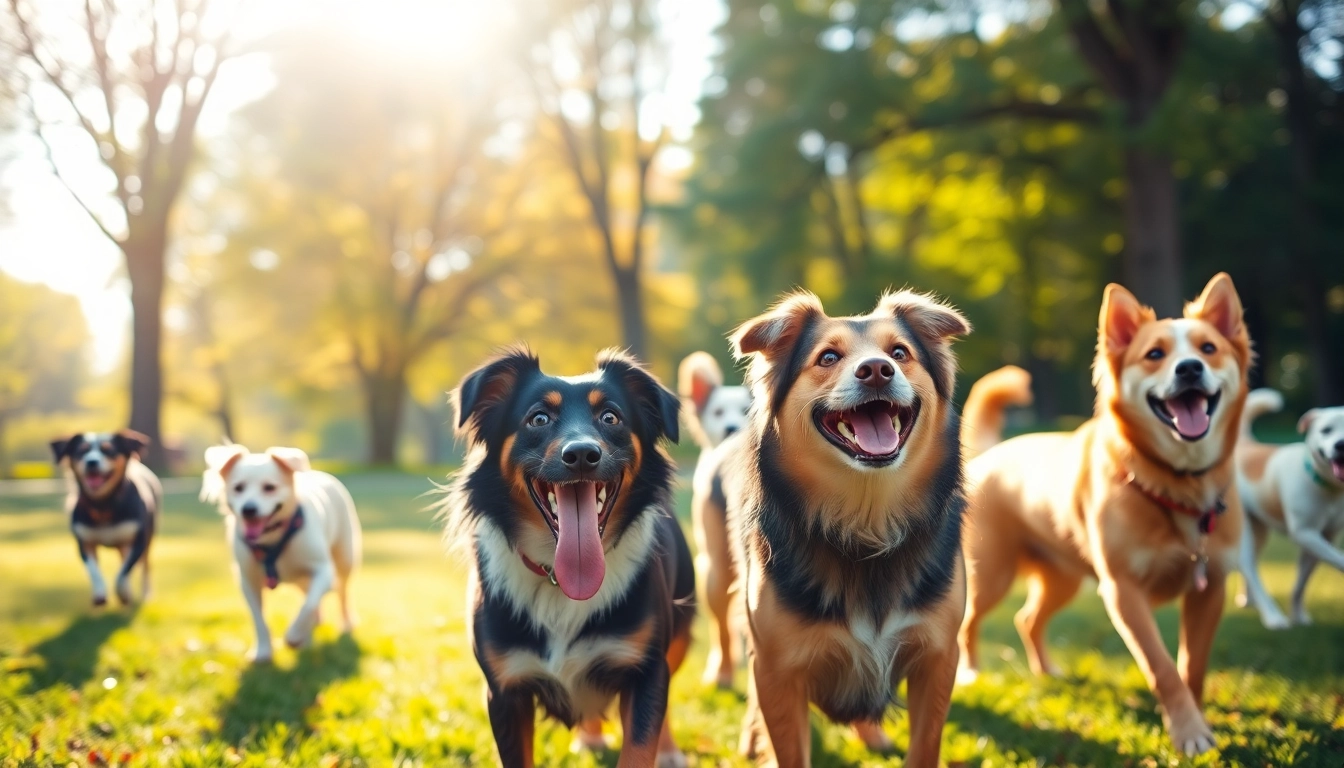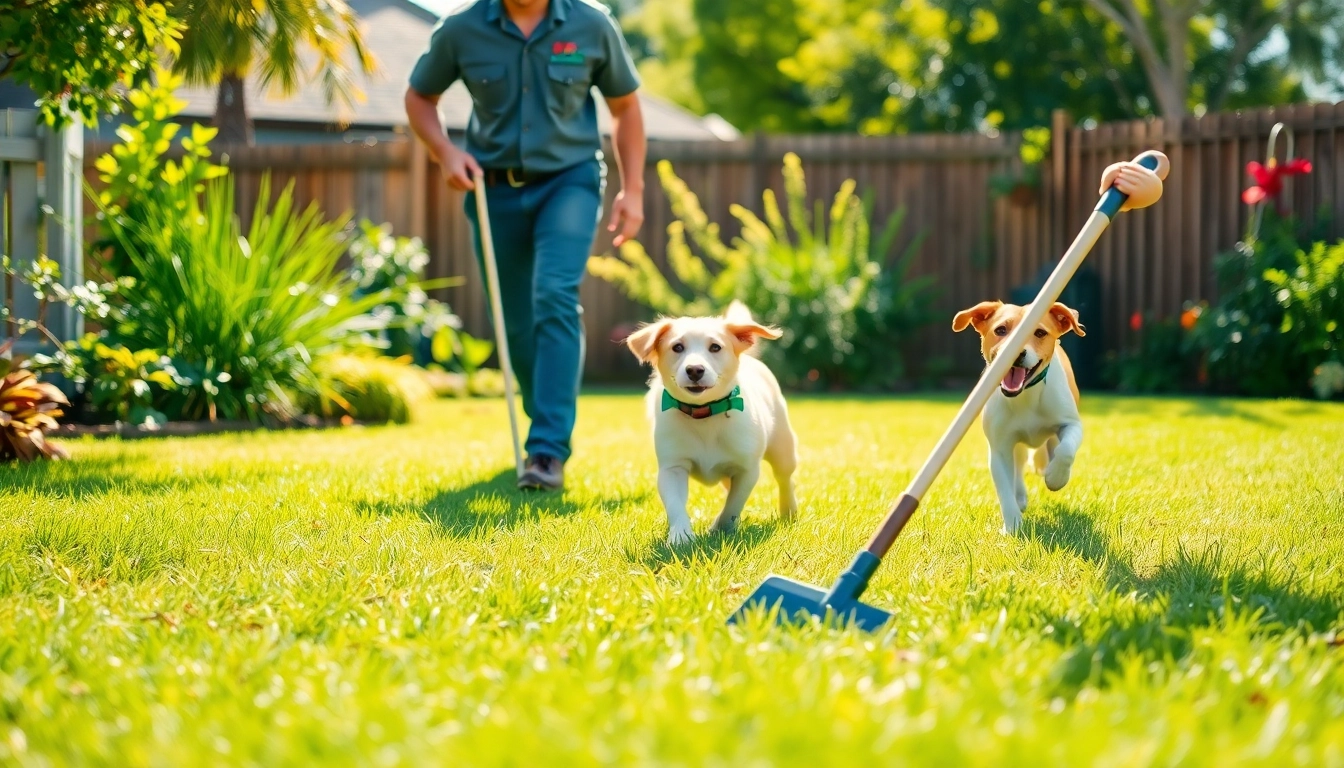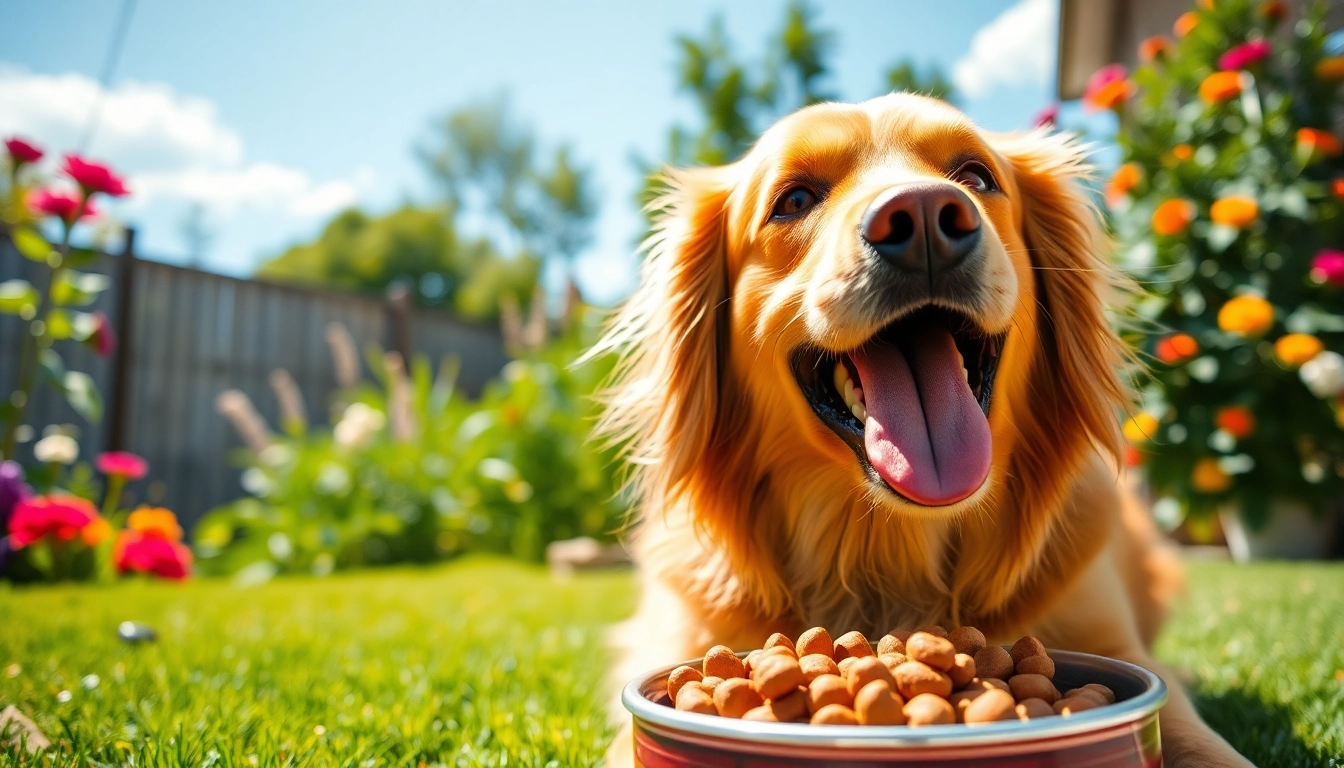Introduction to Dog Collars
Dog collars are more than just a fashionable accessory for our furry friends; they serve essential functions that enhance the safety and well-being of your pet. Understanding the various roles and types of dog collars available is crucial for any dog owner, as it helps select the most suitable collar for their canine. This guide dives deep into the different aspects of dog collars—everything from functionality to personalization—ensuring that pet owners make informed choices that promote both style and comfort for their pets. Additionally, a well-chosen dog collar can greatly improve the dog walking experience for both pet and owner.
The Importance of a Proper Dog Collar
A proper dog collar is fundamental for the security and identification of your pet. It helps in controlling your dog while on walks, and it acts as a safety feature if your dog accidentally escapes from your home or yard. Moreover, collars typically hold information that can reunite you with your lost pet, such as identification tags with your contact details. Understanding why a suitable collar is necessary not only contributes to your dog’s safety but also makes your life easier as a pet owner.
Types of Dog Collars and Their Uses
In the world of dog collars, options abound, each designed to fulfill specific needs. Here are some common types:
- Flat Collars: The most common type, typically used for daily wear and attaching ID tags.
- Martingale Collars: Designed to prevent dogs from slipping out, ideal for sighthounds or dogs with slender necks.
- Head Collars: Useful for leash training, these collars give more control over a dog’s head and therefore their entire body.
- Slip Collars: Often used in training, these collars tighten when pulled but can be dangerous if misused. Always train under guidance.
- Electronic Collars: Designed for remote training, these collars can deliver corrective sensations (beeping, vibration, or static shock).
Choosing the right type of collar depends on factors like your dog’s behavior, size, and the specific activities you engage in together.
Choosing the Right Size for Your Dog
Selecting the correct size collar is crucial for your dog’s comfort and safety. An ill-fitted collar can either slip off easily or become too tight, leading to accidents or injuries. To find the right size, measure your dog’s neck with a tape measure, making sure to leave enough space to fit two fingers under the collar. It’s a good practice to regularly check the fit as your dog grows or changes weight.
Materials Used in Dog Collars
Common Materials and Their Benefits
Dog collars are crafted from a variety of materials, each offering unique advantages:
- Nylon: Lightweight and durable, most nylon collars are adjustable and come in many colors, making them a popular choice amongst pet owners.
- Leather: Known for its durability and classic look, leather collars provide comfort but require regular maintenance to prevent drying and cracking.
- Biothane: A synthetic material that is waterproof, easy to clean, and highly durable, making it an excellent alternative for outdoor adventures.
- Neoprene: Often used in padded collars for extra comfort, neoprene is also waterproof and resistant to wear and tear.
When selecting a collar, consider your dog’s lifestyle and the environment in which they will be using the collar.
Durability and Comfort Considerations
The durability of a collar is vital, especially for active dogs who love to play outdoors. A collar made from high-quality materials should withstand wear and tear, including exposure to water and dirt. Additionally, comfort is paramount; look for collars that feature padding or soft edges to prevent chafing, especially for dogs that wear a collar for extended periods. Collars that are designed to fit snugly without being restrictive are also recommended for comfort.
Eco-Friendly Options for Conscious Pet Owners
As pet owners become increasingly eco-conscious, many are seeking eco-friendly alternatives in pet products, including collars. Options include collars made from recycled materials or organic fibers. Brands are emerging that focus on sustainability without compromising on quality or style, offering dog owners responsible choices that ensure they are not contributing to environmental harm.
Functionality Features to Look For
Adjustable vs. Fixed Collars
When searching for a dog collar, you will likely come across adjustable and fixed styles. Adjustable collars offer flexibility and can be resized as your dog grows or loses weight, making them a practical choice for puppies and young dogs. On the other hand, fixed collars maintain a specific size, which can be beneficial for adult dogs that have established neck measurements. Understand the lifestyle needs of your dog to make an informed choice about collar adjustability.
Reflective and Safety Features
A good collar should also prioritize safety, especially for dogs that are walked at night or in low-light conditions. Reflective materials help increase visibility, making it easier for motorists and passersby to see your dog. Some collars come with integrated safety features, such as breakaway clasps, which automatically unbuckle if the collar gets caught on something. These features are crucial for ensuring that walks remain enjoyable and safe.
Style vs. Practicality: Finding the Balance
While style is an important consideration for many pet owners, it should not compromise functionality. Look for collars that offer a good balance between aesthetics and practicality. For instance, choose attractive colors or patterns that suit your dog’s personality while ensuring that the collar fits properly and includes needed safety features. Explore brands that combine trendy designs with high-quality materials to hit that sweet spot.
Personalizing Your Dog Collar
Adding Custom Tags and Embroidery
Personalizing a dog collar can be both fun and functional. Many dog owners opt to add custom tags that include the dog’s name and owner contact information. This small addition can make a significant difference if your dog gets lost. Embroidered collars can also feature the dog’s name or a unique design, giving your pet a personal touch while maintaining essential ID information.
Choosing Colors and Designs that Suit Your Dog
Choosing the right color and design for your dog collar can reflect your dog’s personality. Whether your dog is playful and spirited or calm and regal, there’s a collar design that fits. Consider patterns like floral, plaid, or geometric prints, or go for monograms and themed designs that align with your interests. Allowing your dog’s personality to shine through their collar can enhance the bond between you and your pet.
Why Personalization Matters for Pet Safety
Personalization isn’t simply for aesthetic purposes; it has significant safety implications as well. Should your dog wander away, a custom collar with your contact information increases the chances of a quick reunion. Personalization through tags and embroidery underscores the importance of being proactive about your dog’s safety and identification. Considering your dog’s collar as an essential safety tool is vital for responsible pet ownership.
Maintaining and Caring for Your Dog Collar
Cleaning Routines for Different Materials
Caring for your dog’s collar involves regular cleaning to maintain hygiene and extend the life of the collar. Different materials require different care approaches:
- Nylon: Can be hand-washed in warm, soapy water and air-dried.
- Leather: Wipe it down with a damp cloth. Use leather conditioner to keep it supple.
- Biothane: Simply wipe clean with a damp cloth; it’s resistant to dirt and debris.
- Neoprene: Hand-wash with mild soap and air-dry to prevent any degradation.
Establishing a regular cleaning routine not only keeps your dog’s face clean but also promotes comfort, especially for dogs that are sensitive to dirt or allergens.
When to Replace Your Dog Collar
Even the best collars won’t last forever. Look for signs of wear and tear, such as fraying, hardening, or cracks, especially in leather collars. If your dog frequently rolls in mud or is exposed to water, inspect for odor and material degradation. Generally, replacing your dog’s collar every 6 to 12 months—even with regular cleaning—is a good practice to ensure their safety.
Ensuring Comfort and Fit Over Time
The fit of your dog collar can change due to factors like weight fluctuation, collar elasticity, and wear. Many owners forget to regularly adjust collars, leading to discomfort for their pets. As dogs grow or lose weight, an initial perfect fit can quickly become too tight or too loose. Regularly check the fit and adjust as necessary, ensuring that the collar remains comfortable and secure for your dog.



